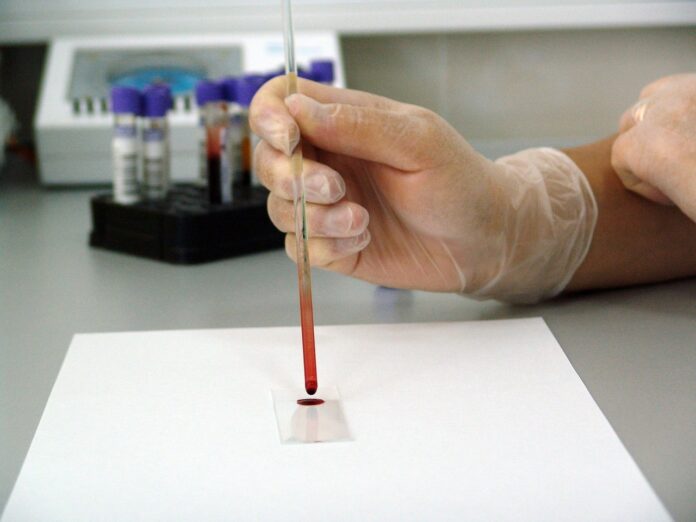If you’ve ever wondered about the composition of a material or the elements that make up a chemical compound, then XRF analysis is a technique you should know about. In this blog post, we will delve into the world of XRF analysis, explaining what it is, how it works, and its applications across various industries. Get ready to dive deep into this fascinating scientific method!
Demystifying XRF Analysis
XRF stands for X-ray fluorescence. It’s a non-destructive analytical technique used to determine the elemental composition of materials. XRF analysis can measure elements from beryllium (Be) to uranium (U) in concentration ranges from parts per million (ppm) to 100%.
When a material is subjected to short-wavelength X-rays or gamma rays, the atoms in the material become excited and emit secondary X-rays. These secondary X-rays, known as fluorescence, are unique to each element and can be detected and measured to determine the material’s composition.
The Mechanics of XRF Analysis
The process of XRF analysis begins with the irradiation of a sample with high-energy X-rays or gamma rays. This causes the innermost electrons in the atoms of the sample to be ejected, leaving behind a void. To fill this void, electrons from higher energy levels drop down and in the process emit X-ray photons. These photons are characteristic of the specific elements in the sample.
The emitted X-rays are then detected and their energy levels measured. Since each element has a unique X-ray emission, the elements present in the sample can be identified and quantified. The resulting data is then analyzed to provide a comprehensive report on the elemental composition of the sample.
Applications of XRF Analysis
The non-destructive nature and high accuracy of XRF analysis make it a preferred method in numerous fields. In environmental science, it helps in the detection of heavy metals in soil or water. In the field of archaeology, XRF analysis is used to understand the composition of artifacts and hence shed light on ancient cultures.
In the world of manufacturing, it plays a crucial role in quality control by checking the composition of raw materials and finished products. For instance, in the electronics industry, XRF is used to test for the presence of lead and other restricted substances in electronic components.
In the oil and gas industry, XRF analysis is used to determine the elemental composition of crude oil and other petroleum products. This information is vital for understanding the quality of the oil and making decisions about refining processes.
Conclusion
In conclusion, XRF analysis is an indispensable tool in many areas of science and industry. Its ability to detect and quantify a wide range of elements, combined with its non-destructive nature, makes it a versatile and valuable method for elemental analysis. Whether it’s used to monitor environmental pollution, understand the mysteries of the past, ensure product quality, or optimize industrial processes, XRF analysis continues to prove its worth in our modern world.
Check more about: https://pdinstruments.com/en/fusion-technology/vulcan.html












